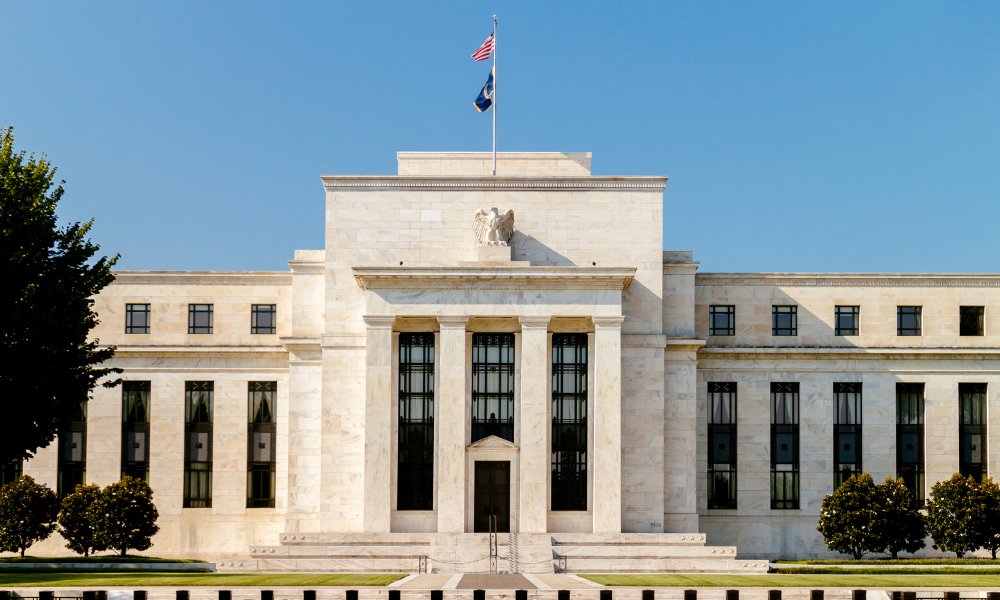How will the quarter-point rate cut impact mortgage rates?

The Federal Reserve announced its second rate cut of the year on Thursday. The quarter-point reduction has been closely watched by the mortgage industry, but experts suggest its effects may not be felt by homebuyers right away.
This rate reduction, half the size of the Fed's September cut, brought the federal funds rate down to a range of 4.5% to 4.75%.
"Since earlier in the year, labor market conditions have generally eased, and the unemployment rate has moved up but remains low," the Federal Open Market Committee said in a statement. "Inflation has made progress toward the Committee's 2 percent objective but remains somewhat elevated."
The Fed’s decision followed President-elect Donald Trump’s recent re-election, with voters expressing ongoing concerns about inflation and economic stability. While the cut aims to stabilize borrowing conditions, housing industry experts said that the immediate impact on mortgage rates may be limited due to other factors, including market volatility post-election.
Mixed reactions on mortgage rate impact
Market activity in response to the election has driven long-term rates higher, according to the Mortgage Bankers Association (MBA).
“The big impact on rates this week was clearly the election,” said MBA chief economist Mike Fratantoni. “As results rolled in, longer-term rates jumped higher. Investors expect somewhat stronger economic growth, higher inflation, and larger deficits.”
As investors processed election results, expectations of stronger economic growth, higher inflation, and larger deficits pushed longer-term rates upward.
“MBA expects that mortgage rates will remain within a fairly narrow range over the next year, with mortgage rates moving higher on signs of economic strength and more stimulative fiscal or monetary policy, or lower if it’s the opposite,” Fratantoni added. “Housing markets continue to be primed for a stronger spring homebuying season, boosted by more housing supply and slower home-price growth.”
With expectations of another 25-basis-point rate cut in December, some mortgage professionals remain hopeful for a more affordable borrowing environment in the coming year. Samir Dedhia, CEO of One Real Mortgage, views the Fed’s actions as part of a strategy to support economic stability as 2025 approaches.
Read next: Mortgage rates head higher after Trump win
She added: “However, following the results of the recent elections, including shifts in the House of Representatives and Senate, there is potential uncertainty surrounding future rate decisions. Investors may take time to assess new policies related to tariffs, budget deficits, and other inflationary factors, which could delay additional rate cuts in the first half of 2025.”
Despite these variables, Dedhia believes that consecutive rate cuts could gradually benefit homebuyers.
“For the housing market, these immediate rate cuts indirectly could help reduce borrowing costs (with mortgage rates decreasing) and provide relief to homebuyers who have been discouraged by high mortgage rates,” she said. “Although one rate cut may have a limited effect, consecutive cuts could improve affordability and drive more market activity, particularly if the Federal Reserve indicates a commitment to maintaining lower rates over a longer period."
Bond market volatility
While the Fed’s rate cut brings some hope, mortgage rates may not decrease immediately. Selma Hepp, chief economist at CoreLogic, said that the cut was widely expected and is unlikely to have a major impact on housing market dynamics.
“Potential homebuyers will be disappointed to see that mortgage rates remain stubbornly high, as it also moves with the 10-year Treasury, so the markets will only slowly begin to normalize,” she said. “We anticipate a much more improved rate environment for home buying next year."
Eric Orenstein, senior director at Fitch Ratings, agreed that recent Treasury yield fluctuations have had a stronger influence on mortgage rate movement than the Fed’s adjustments.
“Volatility in treasuries has been the bigger catalyst for recent mortgage rate movement as opposed to the Fed’s rate cuts so far,” Eric Orenstein said. “Still, the Fed’s easing cycle should take pressure off origination volumes in 2025 as more mortgages become ripe for refinancing.”
Read next: Mortgage applications fall for sixth week as rates hit new highs
Other mortgage industry leaders pointed out that bond market reactions, largely due to post-election volatility, are keeping mortgage rates elevated. Lloyd San, senior vice president of enterprise business development at Voxtur, commented that the recent rate cut was already factored into lending rates by mortgage lenders.
"Today's anticipated rate cut has already been priced in by mortgage lenders and is unlikely to lower home lending costs in the immediate future. The primary reason is that there is a flight to safety in the bond markets due to post-election volatility. This is driving the up rates on 10-year Treasuries, which are more directly correlated to mortgage rates. We don't anticipate mortgage lending costs to meaningfully reduce until the first quarter of 2025," San said.
Stay updated with the freshest mortgage news. Get exclusive interviews, breaking news, and industry events in your inbox, and always be the first to know by subscribing to our FREE daily newsletter.



